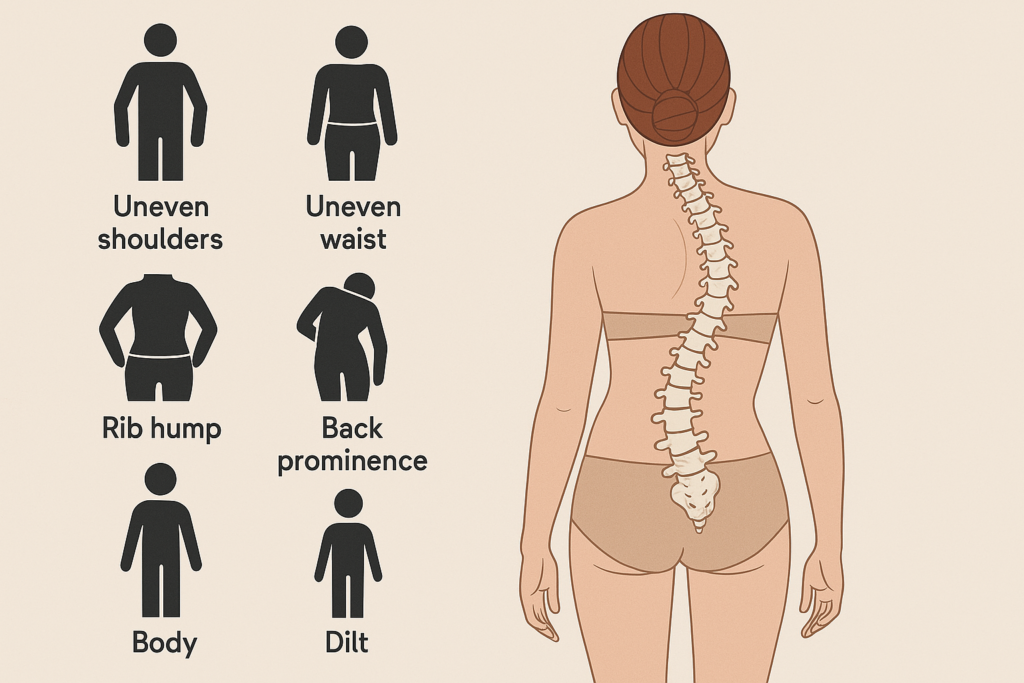How to Avoid Bad Pregnancy Posture
How to Avoid Bad Pregnancy Posture Recently, while reading a MedHelp Forum, I came across a question about pregnancy posture: “Does anyone else feel like their posture has gotten bad now that they’re pregnant?” I kept my answer pretty basic and this is what I said: “This is certainly a common finding. During pregnancy the hormone relaxin ‘softens’ and relaxes ligaments and the walls of the uterus (a very good thing). Relaxin causes less ‘holding’ in the pelvic joints and this can result in kind of hyper-mobility in joints around the lower back and pelvis, resulting in an altered pelvic position. The most common posture type I see during pregnancy is Swayback Posture – when the normal lumbar lordosis (curve) becomes exaggerated and the pelvis tips too far forward. Often, as a result of the posture being tipped forward, our center of gravity travels forward and the head will also begin to move forward (forward head posture).” Learning how to do a simple rib tuck is helpful. It is of course preferable to work on body posture prior to becoming pregnant, but I realize that in practice this may not always happen. Free Posture Video Crash Course! Discover the crazy, simple 3-step formula that will teach you how to improve your posture and flexibility like a pro. You will learn how to hardwire the habit of good posture, reduce forward head and the secret way to stop slouching. It’s 100% free! https://youtu.be/-vy3CrZXjYE It’s never too late to improve posture, just a little more challenging when pregnant. What postural changes have you noticed since becoming pregnant? Dr. Paula Moore If you suspect you have a problem with your posture, and you can’t stop slouching, because it hurts when you try, we have got the solution you’ve been waiting for. Posture Videos have been helping people correct their posture for a decade. With millions of people viewing our videos, and +25k enrolled students in 90+ countries around the world, Posture Videos is changing the face (or spine) of online healthcare. We are so glad you are here! Leave a Reply Cancel Reply Logged in as Seowithkhizer. Edit your profile. Log out? Required fields are marked * Message* Previous PostNext Post Related Posts You May Like Are Pillows Really Necessary? March 31, 2025 What Is Postural Sway? March 31, 2025 Dupuytrens Contraction (Contracture) March 31, 2025







